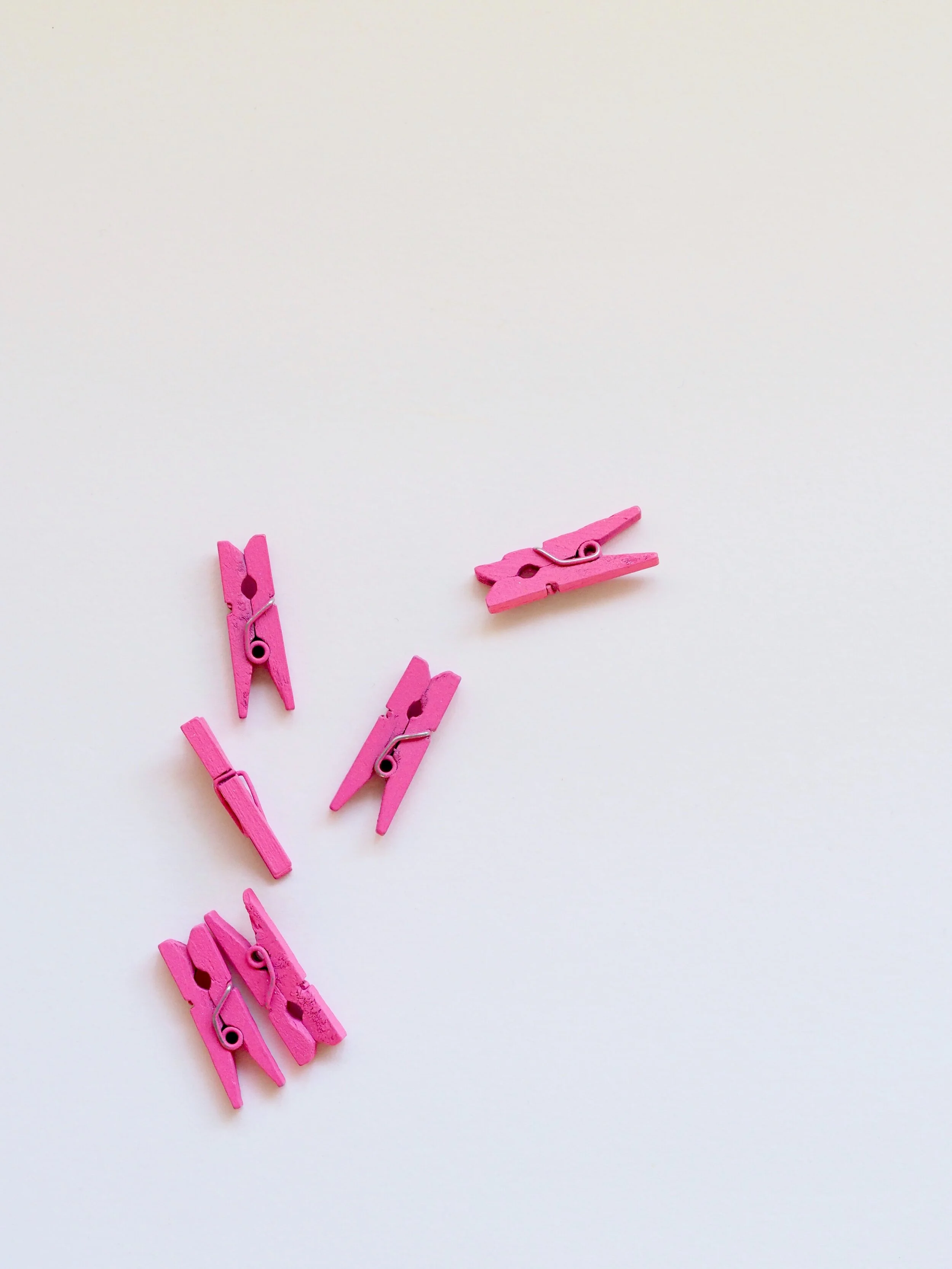
LAUNDRY FAQs
FOR COVID-19
▶︎ How long can COVID-19 live on fabrics?
Right now, no one is sure. In general, viruses like this tend to last less time than on smooth surfaces like plastic or metal.
▶︎ How often should I wash my clothes?
Unless someone coughs or sneezes on you, it's safe to stick to your normal laundry schedule. If you work in essential functions that might increase exposure, such as healthcare, once you arrive home, a change and a laundering of what you wore that day isn’t a bad idea.
That said, remember that not all of your clothing is fabric. Buttons and zippers likely are plastic or metal, so tossing items more regularly into the laundry isn’t necessarily overkill, and don’t forget about clothing that isn't washed regularly, like coats and hats.
▶︎ Do I need to use special detergents?
The virus does not fare well under the pressures of soap or detergent, but it is especially vulnerable to bleach. If it makes sense to use a detergent with bleach, do so.
▶︎ Can I still go to the laundromat?
Yes! Laundromats and Dry Cleaners are considered essential businesses, and are staying open to help make sure that everyone has access to clean clothes. As for concerns that you might pick up something in a washer or dryer someone else has used, that’s unlikely. The process should clean away the virus.
Please do your best to keep the same precautions as you’d take in an outing for an essential purpose, including keeping a distance of at least 6 feet from other people, wearing gloves, and regularly washing your hands with soap and water (or hand sanitizer).
At each of our locations, our staff is regularly disinfecting surfaces, and will also wipe down any surface you'd like, by request.
▶︎ What if I'm caring for someone that has the virus?
The CDC recommends:
▸ Caregivers should wear gloves when handling used clothing, towels, and linens that the affected person has used.
▸ When finished, throw away the gloves and wash your hands thoroughly.
▸ Do not shake the clothes because doing so could launch viruses into the air.
▸ Follow the washing instructions the clothing maker gives, but use the warmest appropriate water setting.
▸ Dry everything to completion. A hot drier setting is important.
▸ Clean and disinfect clothes hampers and baskets, following the CDC’s guidelines for surface disinfection.
▸ Clothing from affected and unaffected people can be laundered together. If you'd prefer not to, use a separate bag liner for clothes from the affected person and laundering the liner the same way you do the clothes.